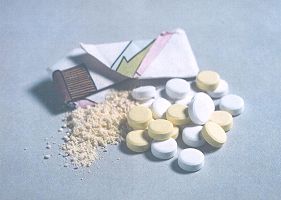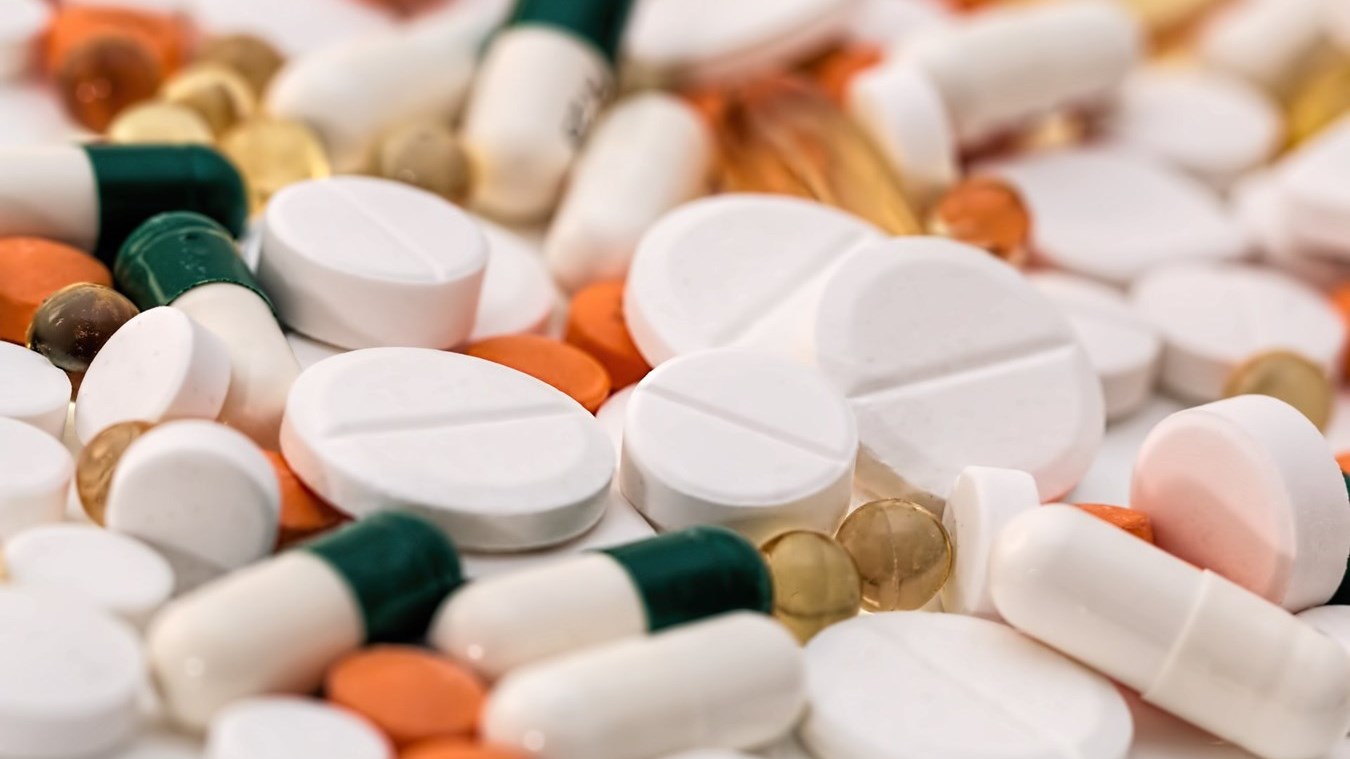
Methamphetamine properly refers to a specific chemical substance, the racemic free base, which is an equal mixture of levomethamphetamine and dextromethamphetamine in their pure amine forms. Methamphetamine was discovered in 1893 and exists as two enantiomers: levo-methamphetamine and dextro-methamphetamine. Information about Methamphetamine including basics, effects, dosage, history, legal status, photos, research, media coverage, and links to other resources.Methamphetamine (contracted from N- methylamphetamine) is a potent central nervous system (CNS) stimulant that is mainly used as a recreational drug and less commonly as a second-line treatment for attention deficit hyperactivity disorder and obesity. 15-17 Fenofibrate was identified as the cause of a false positive urine amphetamine screening in a patient after 2 separate. 14 Labetalol, promethazine, chlorpromazine, and metformin also have been associated with false positive amphetamine screenings. Testing of 6 patients taking trazodone showed that 3 tested falsely positive for amphetamines.
Levomethamphetamine is available as an over-the-counter (OTC) drug for use as an inhaled nasal decongestant in the United States. The highest prevalence of illegal methamphetamine use occurs in parts of Asia and Oceania, and in the United States, where racemic methamphetamine and dextromethamphetamine are classified as schedule II controlled substances. Both racemic methamphetamine and dextromethamphetamine are illicitly trafficked and sold owing to their potential for recreational use. If the laboratory reports more than 20 'd' methamphetamine present, the result indicates the use of 'd. Dextromethamphetamine is a stronger CNS stimulant than levomethamphetamine.Based on current laboratory guidelines, if the laboratory report indicates more than 80 'l' methamphetamine, the results are consistent with Vicks Vapor Inhaler use or one of the prescription medications metabolized to l-methamphetamine.
Chronic high-dose use can precipitate unpredictable and rapid mood swings, stimulant psychosis (e.g., paranoia, hallucinations, delirium, and delusions) and violent behavior. At very high doses, it can induce psychosis, breakdown of skeletal muscle, seizures and bleeding in the brain. It makes users feel very alert and have lots of energy.In low to moderate doses, methamphetamine can elevate mood, increase alertness, concentration and energy in fatigued individuals, reduce appetite, and promote weight loss. Amphetamine is a commonly used street drug. While dextromethamphetamine is a more potent drug, racemic methamphetamine is illicitly produced more often due to the relative ease of synthesis and regulatory limits of chemical precursor availability.Amphetamines include methamphetamine (meth) and phentermine.


Participants in this subculture, which consists almost entirely of homosexual male methamphetamine users, will typically meet up through internet dating sites and have sex. According to a National Geographic TV documentary on methamphetamine, an entire subculture known as party and play is based around sexual activity and methamphetamine use. RecreationalSee also: Party and play and the Recreational routes of methamphetamine administrationMethamphetamine is often used recreationally for its effects as a potent euphoriant and stimulant as well as aphrodisiac qualities. Methamphetamine hydrochloride dispensed in the United States is required to include a boxed warning regarding its potential for recreational misuse and addiction liability.

As dry mouth is also a common side effect of other stimulants, which are not known to contribute severe tooth decay, many researchers suggest that methamphetamine associated tooth decay is more due to users' other choices. According to the American Dental Association, meth mouth "is probably caused by a combination of drug-induced psychological and physiological changes resulting in xerostomia (dry mouth), extended periods of poor oral hygiene, frequent consumption of high-calorie, carbonated beverages and bruxism (teeth grinding and clenching)". The condition is generally most severe in users who inject the drug, rather than swallow, smoke, or inhale it. Meth mouthMethamphetamine users and addicts may lose their teeth abnormally quickly, regardless of the route of administration, from a condition informally known as meth mouth.
The level of needle sharing among methamphetamine users is similar to that among other drug injection users. Besides the sexual transmission of HIV, it may also be transmitted between users who share a common needle. Methamphetamine may also cause sores and abrasions in the mouth via bruxism, increasing the risk of sexually transmitted infection. Methamphetamine use allows users of both sexes to engage in prolonged sexual activity, which may cause genital sores and abrasions as well as priapism in men. These findings suggest that methamphetamine use and engagement in unprotected anal intercourse are co-occurring risk behaviors, behaviors that potentially heighten the risk of HIV transmission among gay and bisexual men. Sexually transmitted infectionMethamphetamine use was found to be related to higher frequencies of unprotected sexual intercourse in both HIV-positive and unknown casual partners, an association more pronounced in HIV-positive participants.
Neurotoxic and neuroimmunologicalThis diagram depicts the neuroimmune mechanisms that mediate methamphetamine-induced neurodegeneration in the human brain. Methamphetamine use also has a high association with anxiety, depression, amphetamine psychosis, suicide, and violent behaviors. Peculiar to methamphetamine and related stimulants is " punding", persistent non-goal-directed repetitive activity. PsychologicalThe psychological effects of methamphetamine can include euphoria, dysphoria, changes in libido, alertness, apprehension and concentration, decreased sense of fatigue, insomnia or wakefulness, self-confidence, sociability, irritability, restlessness, grandiosity and repetitive and obsessive behaviors.


 0 kommentar(er)
0 kommentar(er)
